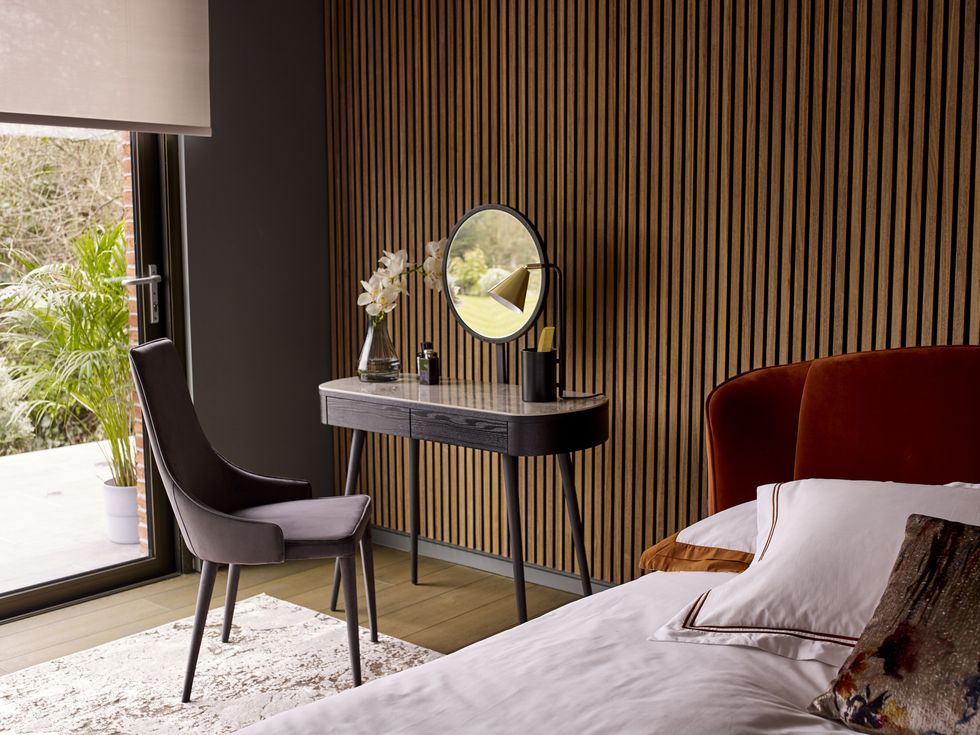In modern laboratory design, striking the right balance between safety and flexibility is crucial. This balance ensures that laboratories are not only compliant with safety regulations but also adaptable to evolving research needs. Here, we delve into key considerations and strategies to achieve this balance effectively.
Importance of Safety in Laboratory Design
Safety is the cornerstone of any laboratory design. Laboratories handle hazardous materials and conduct experiments that pose potential risks. Therefore, safety protocols must be rigorously adhered to, ensuring the protection of personnel and the environment.
Key Safety Considerations:
- Proper Ventilation: Adequate ventilation systems are essential to prevent the buildup of toxic fumes and ensure a safe working environment. This includes fume hoods, exhaust systems, and air quality monitors.
- Fire Safety: Laboratories must be equipped with fire detection and suppression systems. Fire-resistant materials, sprinkler systems, and accessible fire extinguishers are critical components.
- Chemical Storage: Proper storage solutions for chemicals are vital. This includes using flammable storage cabinets, segregating incompatible substances, and maintaining an updated inventory.
- Personal Protective Equipment (PPE): Ensuring the availability and proper use of PPE, such as gloves, goggles, and lab coats, is fundamental to preventing injuries.
Maintaining these safety measures is non-negotiable. However, the challenge lies in integrating these protocols without compromising the lab’s flexibility.
The Need for Flexibility in Laboratory Design
Flexibility in lab design is increasingly important due to the dynamic nature of scientific research. Laboratories must accommodate various research activities, adapt to new technologies, and expand or contract based on project demands.
Key Flexibility Considerations:
- Modular Furniture: Using modular furniture allows for easy reconfiguration of lab spaces to suit different research activities. This includes mobile benches, adjustable shelving, and flexible workstations.
- Adaptable Infrastructure: Implementing adaptable infrastructure, such as adjustable lighting, movable partitions, and adaptable power and data outlets, supports diverse experimental setups.
- Future-Proofing: Designing with future needs in mind is crucial. This involves creating spaces that can easily integrate new technologies and accommodate changing research requirements without major overhauls.
While flexibility is essential, it must not undermine the stringent safety requirements of a laboratory environment.
Strategies to Balance Safety and Flexibility
Balancing safety and flexibility in laboratory design requires a strategic approach that integrates both elements seamlessly. Here are some strategies to achieve this balance:
- Collaborative Design Process: Engaging stakeholders, including scientists, safety officers, and facility managers, in the design process ensures that safety and flexibility needs are addressed. This collaborative approach allows for the identification of potential conflicts and the development of innovative solutions that meet diverse requirements.
- Zoning: Zoning the laboratory into distinct areas based on the level of hazard and type of activity can enhance safety without sacrificing flexibility. For instance, high-risk activities can be confined to specific zones with advanced safety features, while other areas remain more adaptable.
- Smart Use of Technology: Incorporating smart technology can enhance safety and flexibility. Automated systems for monitoring air quality, temperature, and humidity, along with smart lighting and power systems, can adjust to changing conditions and needs, maintaining a safe and efficient environment.
- Training and Protocols: Regular training for lab personnel on safety protocols and flexible use of space is essential. Well-trained staff can effectively manage safety while adapting to new configurations and procedures. Establishing clear protocols for the safe and flexible use of lab spaces ensures compliance and adaptability.
- Continuous Evaluation and Improvement: Laboratory design should not be static. Continuous evaluation of safety and flexibility through regular audits, feedback from lab users, and technological advancements ensures that the laboratory remains safe and adaptable. Implementing improvements based on these evaluations keeps the lab environment responsive to changing needs.
Conclusion
Achieving the right balance between safety and flexibility in laboratory design is a complex but essential task. By prioritising key safety measures such as proper ventilation, fire safety, chemical storage, and PPE, laboratories can ensure a secure working environment. Simultaneously, incorporating modular furniture, adaptable infrastructure, and future-proofing strategies fosters flexibility. Engaging stakeholders, zoning, utilising smart technology, and continuous evaluation are effective strategies to harmonise safety and flexibility.
For direct contact with Sennex Consultants regarding laboratory design solutions, please visit their official website or contact them directly through their provided channels.




